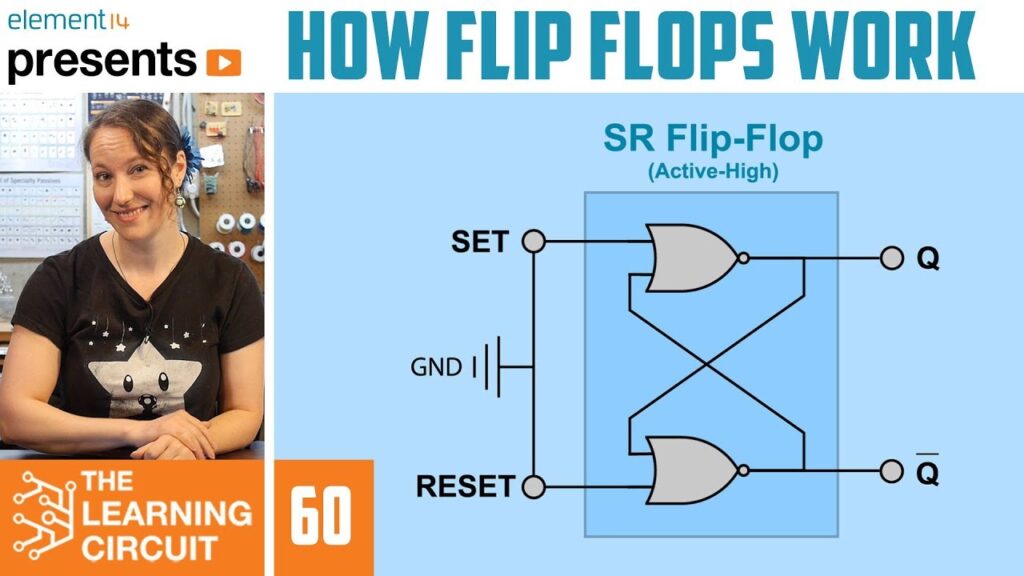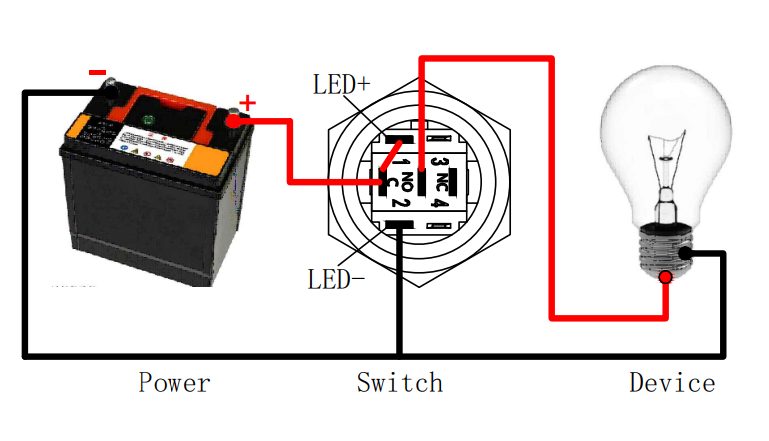How to Use a Flip-Flop Circuit?
A flip-flop circuit is a fundamental building block of digital electronics. It is a type of bistable multivibrator that can store one bit of information. Flip-flops are widely used in sequential logic circuits to store binary information. In this article, we will explore how to use a flip-flop circuit and understand its operation.
Types of Flip-Flops
There are several types of flip-flops, including SR flip-flop, D flip-flop, JK flip-flop, and T flip-flop. Each type has its unique characteristics and applications. However, all flip-flops share the basic principle of storing binary information in the form of high or low voltage levels.
How to Use a D Flip-Flop
The D flip-flop is one of the most commonly used flip-flops in digital electronics. It has a single data input (D), a clock input (CLK), and two outputs (Q and Q’). The D flip-flop stores the data input (D) at the rising edge of the clock signal. To use a D flip-flop, follow these steps:
- Connect the data input (D) to the desired logic level (high or low).
- Connect the clock input (CLK) to the clock signal source.
- Monitor the outputs (Q and Q’) to observe the stored data.
By controlling the data input and clock signal, you can control when the flip-flop stores new data. This feature makes flip-flops essential components in digital circuits that require sequential logic operations.
Applications of Flip-Flops
Flip-flops are used in various applications, including shift registers, counters, memory elements, and control circuits. They are versatile components that play a crucial role in modern digital systems. Understanding how to use flip-flops is essential for designing and troubleshooting digital circuits.
Conclusion
In conclusion, flip-flops are vital components in digital electronics that store binary information. By understanding how to use flip-flops effectively, you can design complex digital systems with ease. Experiment with different types of flip-flops and explore their applications to enhance your understanding of digital circuits.
How to Use a Flip-Flop Circuit?
A flip-flop circuit is a fundamental building block of digital electronics. It is a type of bistable multivibrator that can store one bit of information. Flip-flops are widely used in sequential logic circuits to store binary information. In this article, we will explore how to use a flip-flop circuit and understand its operation.
Types of Flip-Flops
There are several types of flip-flops, including SR flip-flop, D flip-flop, JK flip-flop, and T flip-flop. Each type has its unique characteristics and applications. However, all flip-flops share the basic principle of storing binary information in the form of high or low voltage levels.
How to Use a D Flip-Flop
The D flip-flop is one of the most commonly used flip-flops in digital electronics. It has a single data input (D), a clock input (CLK), and two outputs (Q and Q’). The D flip-flop stores the data input (D) at the rising edge of the clock signal. To use a D flip-flop, follow these steps:
- Connect the data input (D) to the desired logic level (high or low).
- Connect the clock input (CLK) to the clock signal source.
- Monitor the outputs (Q and Q’) to observe the stored data.
By controlling the data input and clock signal, you can control when the flip-flop stores new data. This feature makes flip-flops essential components in digital circuits that require sequential logic operations.
Applications of Flip-Flops
Flip-flops are used in various applications, including shift registers, counters, memory elements, and control circuits. They are versatile components that play a crucial role in modern digital systems. Understanding how to use flip-flops is essential for designing and troubleshooting digital circuits.
Conclusion
In conclusion, flip-flops are vital components in digital electronics that store binary information. By understanding how to use flip-flops effectively, you can design complex digital systems with ease. Experiment with different types of flip-flops and explore their applications to enhance your understanding of digital circuits.



